The next great opera house will look like a fan
mainThese are Snøhetta’s designs for the Shanghai Grand Opera House.

The Norwegian firm Snøhetta was announced today as winner of the international contest to design the house.
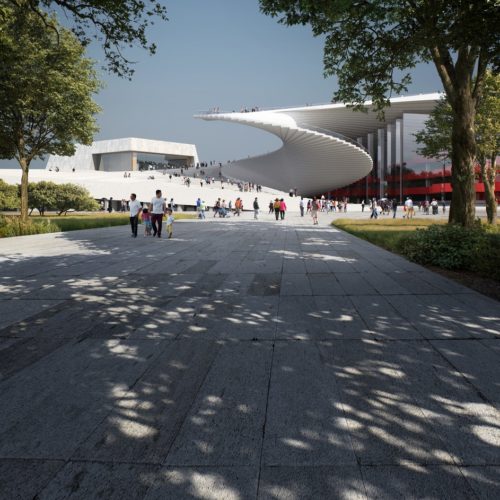
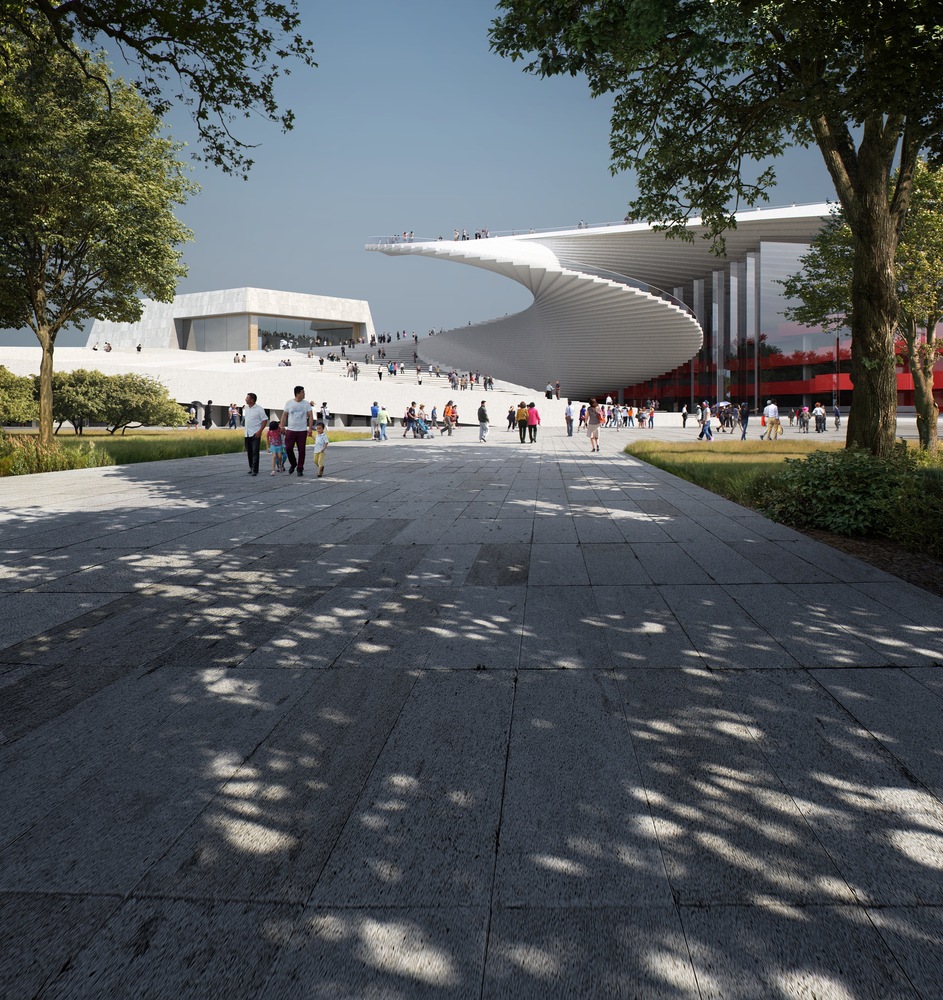
These are Snøhetta’s designs for the Shanghai Grand Opera House.

The Norwegian firm Snøhetta was announced today as winner of the international contest to design the house.

The numbers are in at the Erl winter…
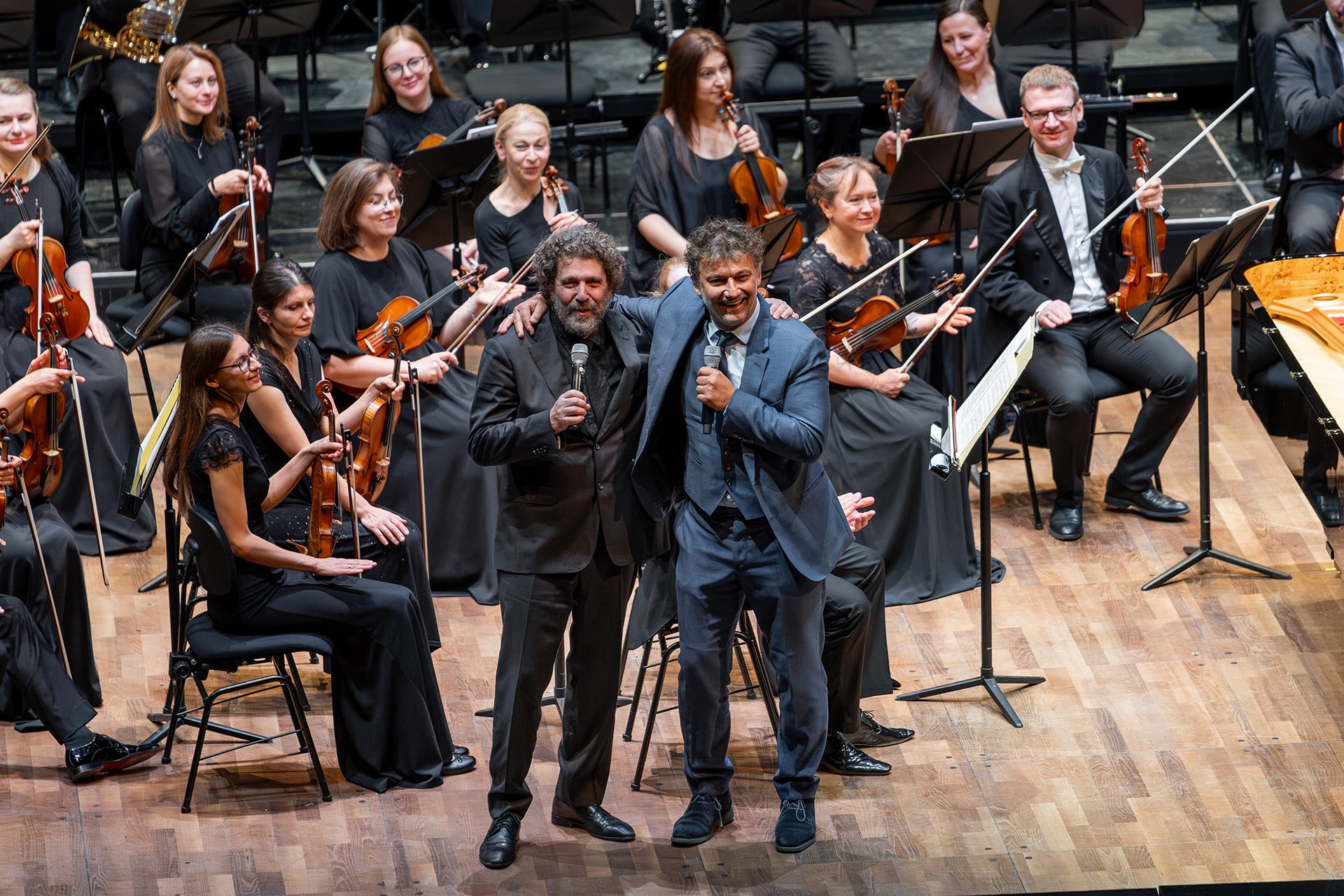
The conductor, 97, gives a reflective interview to…
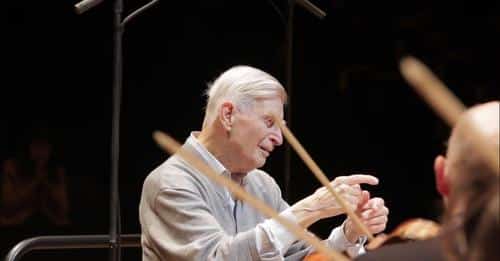
The Czech National Theatre has started the year…
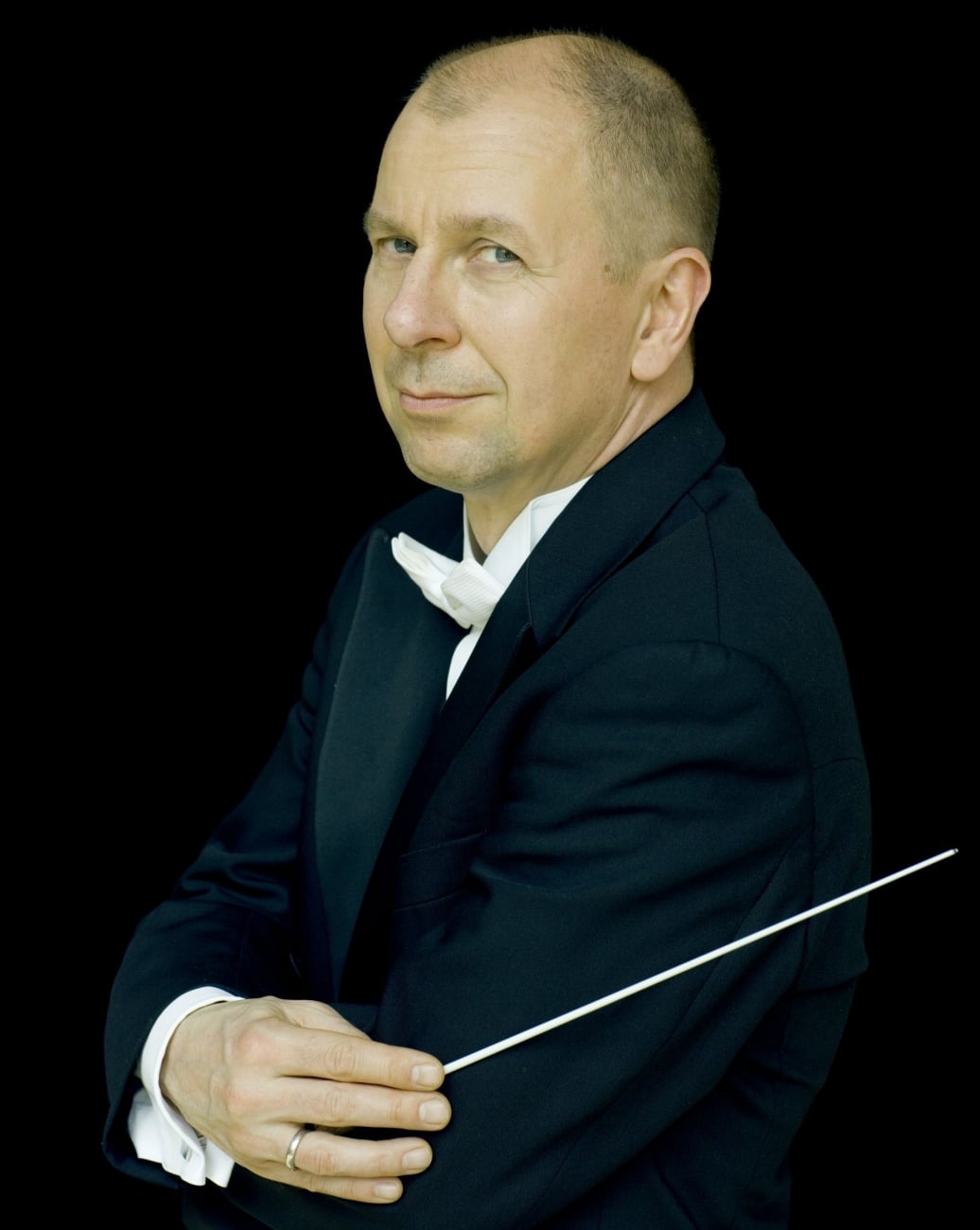
The death has been announced of the leading…
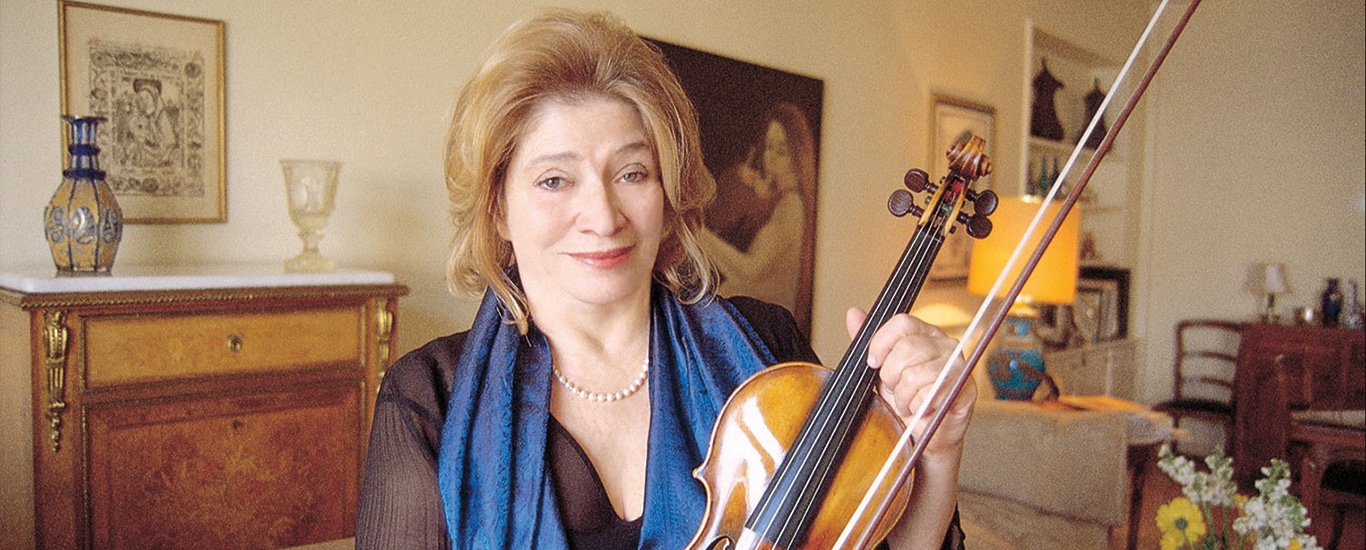
Session expired
Please log in again. The login page will open in a new tab. After logging in you can close it and return to this page.
It is good to have striking designs for new buildings, as long as they are functional. It all started in Sydney Australia, where the architect had a great vision for a magnificent exterior, but had no idea how to build a functional opera house and ultimately was forced to resign. Sydney Opera House remains a highly problematic venue to this day. It boasts the worst opera theatre in the world for starters, so called Joan Sutherland Theatre (surely she deserves a better venue than that in her honour). I think today the architects have made much advances from that rather bleak period which lasted from 1950’s to 1980’s more or less.
Not altogether fair to blame Jørn Utzon for the problems with the opera theatre as the spaces intended for the opera theatre and concert hall were switched at the last minute at the insistence of the ABC. Most of the subsequent problems stemmed from that terrible decision.
Another Hasbeen is correct and the politicians and the ABC deserve all the brickbats aimed in their direction. But since we’re looking back in time, let’s also remember, as does Mustafa Kandan, that Utzon never expected to win the competition and his design drawings were just that – little more than doodles and not detailed architectural drawings for a functioning opera house. Indeed, for years no-one had a clue how to construct the shell-like exterior shapes.
Let’s also recall that after having resolved the construction issue, the politicians stopped paying Utzon which led to his resignation from the project in early 1966 – more than 7 years prior to its opening. By that stage he had solved the seemingly intractable problem of the exterior but, absent that solution, had been unable to concentrate on the internal structures. What was to go inside departed with him on his resignation. The architect who took over, Australian Peter Hall, was shocked that there was absolutely no documentation of the interior. He therefore was forced to work from scratch. How good the interiors might have functioned had the state government not insisted that the opera house and concert hall spaces be switched at virtually the last minute we shall never know.
Poorly built opera houses didn’t stop in the 1980’s. Spanish architect Santiago Calatrava’s 2005 Palau de las Artes opera house in Valencia is a disaster. The stage floor caved in during Don Giovanni, it’s been flooded, the outside is falling apart – a whole litany of problems. The Valencian govt. finally sued the architect to make him pay for the repairs.
But the outside, like Sydney, is striking and modern.
https://en.wikipedia.org/wiki/Palau_de_les_Arts_Reina_Sofia
Actually, the architect’s interior design was never built. Audio engineers and technicians claim that the design was almost acoustically perfect. The architect bluffed that government at the time with his resignation which they accepted. After that what ensued was a very quick and cheap re-design of the interior building which resulted in the opera house and concert hall spaces being swapped because the build was going to take too long to complete. The end result was sub-standard. The Joan Sutherland theatre you speak of is not Jan Utzon’s (the architect) design. This is well known.
China has built six new opera houses in the last 20 years, and each is architecturally sensational. Photos here:
https://architizer.com/blog/inspiration/collections/chinese-opera-houses/
Compare that to the USA which ranks 39th in the world for opera performances per capita (behind almost every developed Western country,) and only has 3 cities in the top 100 for performances per year. And with so many great musicians unemployed and leaving the country to find work.
Performances per capita per year? What an odd standard of judgment. Perhaps if American houses gave us more imaginative offerings, interest would pick up.
The problem is a lack of opera houses and opera companies, and very short seasons for those that do exist. And of course, this greatly limits building publics.
The problem, at least in the US, is the lack of consumer interest in opera. It has been declining for decades even as its core audience ages. I was introduced to classical music in school via an orchestra that visited schools in the area (the conductor was Dr. Herbert Zipper) and saw my first opera (Die Walkure) at age 14. There is less money to continue to build the next generation of audience and virtually no music education in schools anymore. Regarding opera houses, I don’t think “if you build it they will come” applies.
Well I’ll tell ya William, in KC we have a magnificent house, a stupendous stage, and a management team lost in the horse latitudes. If I have to sit through another lame version f Cosí, Carmen or a drivel of G&S I will puke. Where is my
Nielsen, Cilea, vonEinem…?
Americans explain their lack of opera as if consumer taste were a natural law rather than a social construct. In reality, if you give opera companies sufficient funding they will build good publics. This is readily seen in Europe where tickets are about one quarter the price and every house has major outreach programs for both children and adults. Large publics are constructed; they don’t just appear. I suspect that the opera houses in most EU cities the size of KC spend more on their childrens programs than KC spends for its entire season.
That’s probably true. But, where do they get the money? The government? In the US we believe these decisions should be made in the market place. We have the national endowment for the arts, but that is a very small part of the picture. So, as unfortunate as it may seem, one art form suffers while others thrive. That’s why you see so many productions of La Boheme and Carmen. They are less expensive to produce and they sell tickets. By the way, Stuart, you sat through Wagner at 14? Hats off, man.
It was with Birgit Nilsson and it was mesmerizing – not a great production but the music did it all. While studying in London four years later I graduated to a Goodall-led Twilight of the Gods at the ENO that clocked in at 5 hours and 35 minutes. It was the only time that I heard him conduct.
Over 40 companies in the US. Lack is not the problem. Creative programing is.
Mao is spinning in his grave (or, if he’s still there, in that glass display case at Tiananmen Square).
There are more opera houses in China than there are cathedrals and mosques combined (is that a fact? who cares), so I gather the Communist Party fears western bourgeois decadence less than the opiate of the people…
Anyway, back to the design, it looks like a nice venue for staging Turandot outdoors.
(It’s always Turandot, maybe one day they’ll get around to Nixon in China or Marco Polo).
What a spineless comment! Anon clearly has not visited China recently and has probably never seen the interiors of the opera houses in the article posted by William Osborne.
So it’s always Turandot, is it? How silly! Yes, to my knowledge Turandot has been presented at least three times over the last 20 or so years. One of the first I recall was in what is virtually its original setting, a Palace in the glorious Forbidden City. A marvellous Zhang Yimou production (a celebrated film director, he also directed the stunning opening and closing ceremonies of the 2008 Beijing Olympics) with Zubin Mehta and his Maggio Musicale forces complemented by Chinese musicians and singers.
But since the mid-1990s China has seen, amongst others, two Ring cycles (no, not the concert version conducted by Jaap van Zweden in Hong Kong), Meistersinger, Tristan, Semele, Traviata, Rigoletto, Falstaff, Nozze di Figaro, Cosi, Don Giovanni, Orfeo, Thais and a Robert Carson directed production of Britten’s A Midsummer Night’s Dream. Enough? Oh, and yes, Marco Polo has indeed been performed in China!
Or Gluck’s ‘The Chinese Ladies’
I’m pretty sure we will not know if it’s “great” until it’s finished and performed in.
Having been to China and seen some of these performing arts centers (the ones that have actually been built, of course), they are purposely imposing — they’re like fortresses. The message is “be impressed by our strength; don’t try to come in.”
And the concerts I attended barely had 50 percent occupancy.
It looks ideal for skateboaders!
Staircase to nowhere.
Climbing all those steps will itself be a tourist attraction, like the climbing the stairs inside the Statue of Liberty.